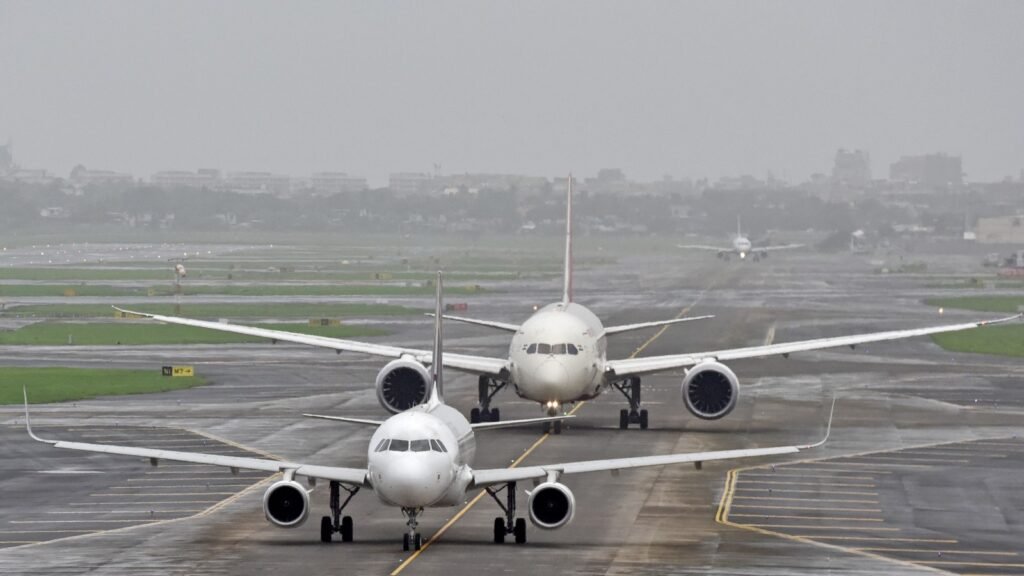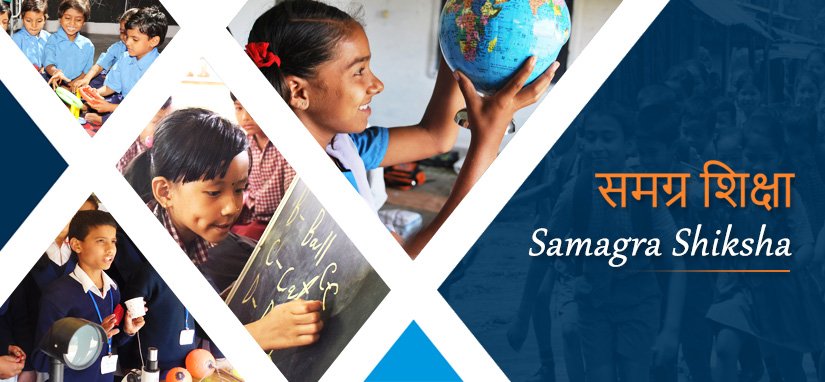Blog
August 5th Current Affairs
- August 5, 2021
- Posted by: admin
- Category: Culture Current Affairs Daily News Defense & Security Disaster Management Economy Education Environment & Ecology Ethics Geography Governance Health History International Relation Persons in News Polity Science & Technology Social Issues Sports Uncategorized UPSC Notification Videos
1. Airports Economic Regulatory Authority of India Bill 2021.

IN NEWS:
- Airports Economic Regulatory Authority of India Bill 2021 passed in Parliament.
- Bill amends definition of ‘major airport’ allowing tariff determination of a ‘group of airports’.
KEY POINTS:
- The bill allows tariff determination of a ‘group of airports’ by way of amending the definition of ‘major airport.’
- The bill amends the provisions of the law in relation to tariffs for single airports.
- The intention of the government is to develop not only the high traffic volume & profitable airports but also the low traffic volume of non-profitable airports.
- The revenue earned by AAI from these airports will be utilized for the development of airports in Tier-II and Tier-III cities.
- It would help encourage the development of smaller airports.
- This approach would help in the development of more airports through the PPP route thus, expanding the air connectivity to relatively remote and far-flung areas.
- Major airports: The 2008 Act designates an airport as a major airport if it has an annual passenger traffic of at least 35 lakh. The central government may also designate any airport as a major airport by a notification.
SOURCE:PIB
2. Vikrant.

IN NEWS:
- Union Minister for Ports, Shipping and Waterways has recently praised the launching of sea trials of indigenous aircraft carrier (IAC) ‘Vikrant’.
- Vikrant is India’s most complex warship to have been indigenously built by Cochin Shipyard for the Indian Navy.
- Cochin Shipyard Limited is the largest public sector shipyard and the only shipyard under the Ministry of Ports, Shipping and Waterways.
KEY POINTS:
About Vikrant
- The launching of the IAC in Aug 2013 had catapulted the nation into the elite League of Nations capable of designing and building an Aircraft Carrier.
- It is the first time in the country that a ship of the size of an Aircraft Carrier is completely modeled in 3D and production drawings extracted from the 3D model.
- The IAC is the largest warship built in the country having a displacement of about 40,000 tonnes.
- The Aircraft Carrier is a mini floating city, with a flight deck area covering the size of two football fields.
- INS Vikrant, is likely to be commissioned in 2022.
- At present, India has only one aircraft carrier, the Russian-origin INS Vikramaditya.
- The vessel is named Vikrant after the decommissioned maiden carrier of the Navy.
- It will have an air component of 30 aircraft, comprising MiG-29K fighter jets, Kamov-31 airborne early warning helicopters and the soon-to-be-inducted MH-60R multi-role helicopter, besides the indigenous Advanced Light Helicopters.
- The shipborne weapons include Barak LR SAM and AK-630, while it has MFSTAR and RAN-40L 3D radars as sensors.
- It has a pair of runways and a ‘short take off but arrested recovery’ system to control aircraft operations.
Significance
- The combat capability, reach and versatility of the aircraft carrier will add formidable capabilities in the defence and help secure India’s interests in the maritime domain.
- It would offer an incomparable military instrument with its ability to project air power over long distances.
SOURCE:TH
3. Continuation of Scheme for Fast Track Courts.

IN NEWS:
- Recently, the Union Government approved the continuation of more than 1000 Fast Track Special Court (FTSCs) as a Centrally Sponsored Scheme (CSS) for two years (April 2021-March 2023).
- It includes 389 exclusive POCSO (Protection of Children from Sexual Offences) Courts.
- The Central share will be provided from the Nirbhaya Fund.
Key Points
Background:
- Fast track courts (FTCs) were first recommended by the Eleventh Finance Commission in 2000 “to substantially bring down, if not eliminate, pendency in the district and subordinate courts over the next five years”.
- Following the Finance Commission’s report, Rs 502.90 crore was granted by the Centre to create 1,734 additional courts in different states for a period of five years.
- In 2011, the central government stopped funding fast-track courts.
- The decision was challenged in the Supreme Court (SC) in 2012, but the apex court said it was up to the states to continue or shut down these courts depending on their financial situation.
- Three states–Maharashtra, Tamil Nadu and Kerala–continued running these courts while Delhi, West Bengal, Himachal Pradesh and Karnataka had said they would continue till 2013.
- Following the December 2012 Gangrape and murder, the Union Covernment set up a ‘Nirbhaya Fund’, amended the Juvenile Justice Act and set up fast-track Mahila Courts.
- Some other states such as Uttar Pradesh, Jammu and Kashmir, Bihar etc. also set up FTCs for rape cases thereafter.
Scheme for Fast Track Special Courts:
- More recently, in 2019, the government approved a scheme for setting up 1,023 fast-track special courts (FTSCs) across the country for expeditious disposal of pending rape cases under the Indian penal Code (IPC) and crimes under the POCSO Act.
- In July 2019, the SC also directed setting up of a centrally funded special court in each district where more than 100 FIRs are registered under the POCSO Act in order to deal exclusively with these cases.
- FTSCs are dedicated courts expected to ensure swift dispensation of justice. They have a better clearance rate as compared to the regular courts and hold speedy trials.
- It also strengthens the deterrence framework for sexual offenders.
SOURCE:IE
4. Samagra Shiksha Scheme extended for five years.

IN NEWS:
The Cabinet Committee on Economic Affairs, chaired by Prime Minister Shri Narendra Modi, has given its approval for continuation of the revised Samagra Shiksha Scheme for a period of five years i.e., from 2021-22 to 2025-26.
KEY POINTS:
- As per the education minister, Dharmendra Pradhan, scheme would continue from April 1, 2021 to March 31, 2026.
- This would be called as ‘Samagra Shiksha Scheme 2’
- To implement the scheme, financial outlay of Rs 2,94,283.04 cr have been made out of which, central share stands at Rs 1,85,398.32 cr.
- Samagra Shiksha is an integrated scheme for school education.
- It extends from pre-school to class XII and ensures inclusive & equitable quality education at all the levels of school education.
- This scheme was launched by subsuming three schemes ‘Sarva Shiksha Abhiyan’, ‘Rashtriya Madhyamik Shiksha Abhiyan (RMSA) and Teacher Education (TE).
- This scheme provides holistic treatment to school education from Pre-school to Class 12.
- Aim :This scheme emphasises on improving the quality of school education by focussing on two T’s – Teacher and Technology.
- Primary aim of the scheme is to support States in implementing the Right of Children to Free and Compulsory Education (RTE) Act, 2009 in accordance with the Article 21A of the constitution of India.
- This scheme was launched with the vision of ensuring inclusive and equitable quality education from pre-school to senior secondary stage in line with the Sustainable Development Goal (SDG)- SDG 4.1 & SDG 4.5- for Education.
- This scheme is a Centrally Sponsored Scheme.
- Thus, the funds are shared between Centre and State in the ratio of 90:10 for the North-Eastern States & Himalayan States and 60:40 for other States & Union Territories with Legislature. Centre provides 100% of the fund in Union Territories without Legislature.
SOURCE:PIB
5. MUDRA Loan target reduced to Rs 3 trillion in 2021-22.

IN NEWS:
Central government has set loans disbursement target under PM Mudra Yojana (PMMY) at Rs 3 trillion for financial year 2021-2022.
KEY POINTS:
- In the financial year 2020-2021, loan disbursement target was Rs 3.21 trillion.
- Experts attribute lower target to increased allocation under credit guarantee scheme for small businesses.
- Out of Rs 3.21 trillion loans sanctioned under Pradhan Mantri Mudra Yojana (PMMY) in financial year 2021, Rs 3.12 trillion were disbursed to entrepreneurs.
- In the financial year 2019-2021, this figure was even higher with total loans of 3.37 trillion. Out of this amount, Rs 3.29 trillion were disbursed.
- Under PMMY, loan up to Rs 10 lakh is provided by banks and non-banking financial companies to small business units for entrepreneurial activities.
- Loan is also provided to units like manufacturing, trading, services and activities allied to agriculture. Under the scheme, central government allocates annual targets for sanctioning loans.
- As of June 25 in Financial year 2022, loans worth Rs 3,804 crore have been sanctioned by 13 public sector banks (PSBs).
- Mudra loans are provided to small businesses on the basis of priority sector lending of banks.
SOURCE:IE
